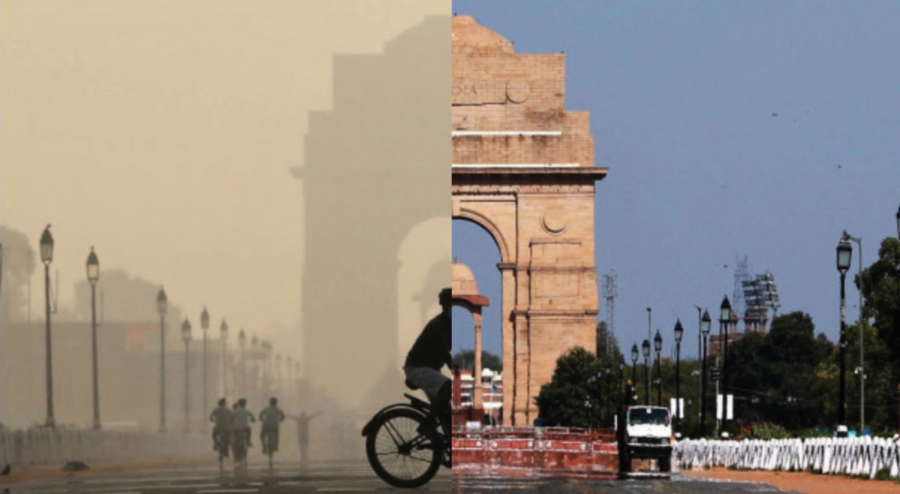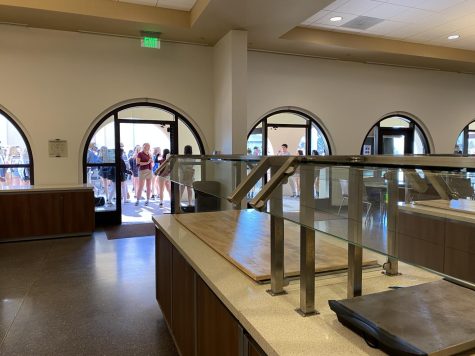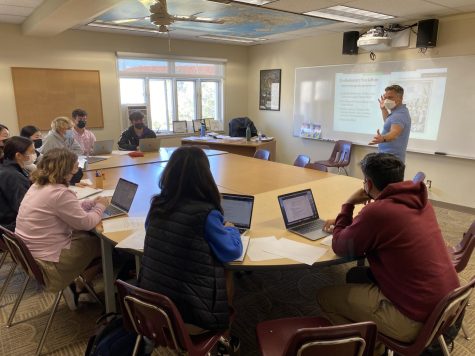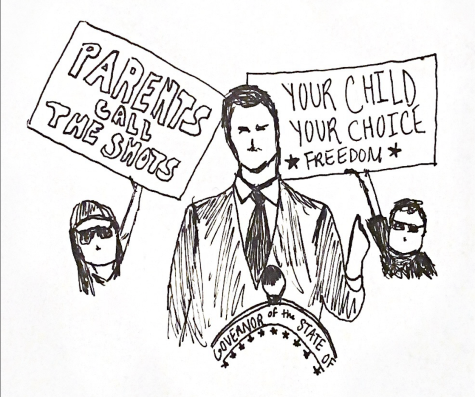Before and After: Why Pollution Rates Have Plummeted During Social Isolation
Since the start of social distancing, the amount of pollution around the India Gate has dropped immensely. PC: Twitter @AkbaruddinIndia and edited by Clare Malhotra ’22
Even though quarantine has brought boredom, cancellations, and financial struggles across the globe, it has also brought a silver lining: clean skies.
“Pollution levels are going down and will continue to be lower as a result of lockdown,” explained Pawan Gupta, a senior scientist at National Aeronautics and Space Administration (NASA). This makes sense: factories have stopped running, construction projects have been put on hold, flights are cancelled, and cars have been stuck in driveways rather than on the street. These changes have contributed to a massive drop in air pollution. Levels of nitrogen dioxide, a common pollutant in the atmosphere generally caused by automobiles, have declined sharply. According to research from the European Environmental Agency, average NO2 levels in many European cities have been reduced to as much as 60% of their levels at the same time in 2019.
These cities, which include Madrid, Lisbon, Barcelona, and Rome, initially had comparatively small amounts of pollution. India, however, as the second most populated country, is home to 21 of 30 of the world’s most polluted cities. On March 24, Indian Prime Minister Narendra Modi ordered a nation-wide total lockdown, the government providing essential services like food, water, and medicine. Air pollution levels dropped 71% in one week. “I have not seen such blue skies in Delhi for the past 10 years,” explained co-founder of Indian environmental organization Care for Air, Jyoti Pande Lavakare. “It is a silver lining in terms of this awful crisis that we can step outside and breathe.” People in Northern India can now glimpse Himalayan mountains, which have not been visible in India for thirty years.
A Harvard study concluded that air pollution may exacerbate the consequences of COVID-19. The study found that people who have lived for many years in areas with “fine particulate pollution” are fifteen percent more likely to die from the virus than those who lived in areas classified as having low levels of pollution. The particles infiltrate the lung system and may lead to heart trouble, diabetes, a weakened immune system, and respiratory issues, all of which may worsen the effects of coronavirus. “If you’re getting COVID, and you have been breathing polluted air, it’s really putting gasoline on a fire,” said Harvard professor Francesca Dominici, the study’s senior author.
Moreover, short term spikes in air pollution, rather than long-term inhalation, may worsen the effects. They may lead to strokes, heart attacks, and, especially, visits to the hospital, which increase the burden on healthcare workers and supplies. According to Stanford University scientist Marshall Burke, the decrease in pollution in China likely saved between 53,000 and 77,000 lives—more than the actual number of reported deaths. Even temporary clean air may help to flatten the curve.
In order to achieve long-term clean air, everyone must work towards a long term solution. According to Lauri Myllyvirta, who works as an analyst at the Center for Research on Energy and Clean Air in Finland, China has already reverted to its pollution levels prior to COVID-19. Getting rid of pollution must involve new methods of clean and renewable energy, she explained, “not ordering people to stay at home at drastic economic cost.”

Clare Malhotra was born in Boston, Massachusetts and moved to La Jolla at age nine. She is currently a senior, and this is her third year on The Tower....








Alex Cotton • Apr 28, 2020 at 12:40 PM
what a cool graphic.